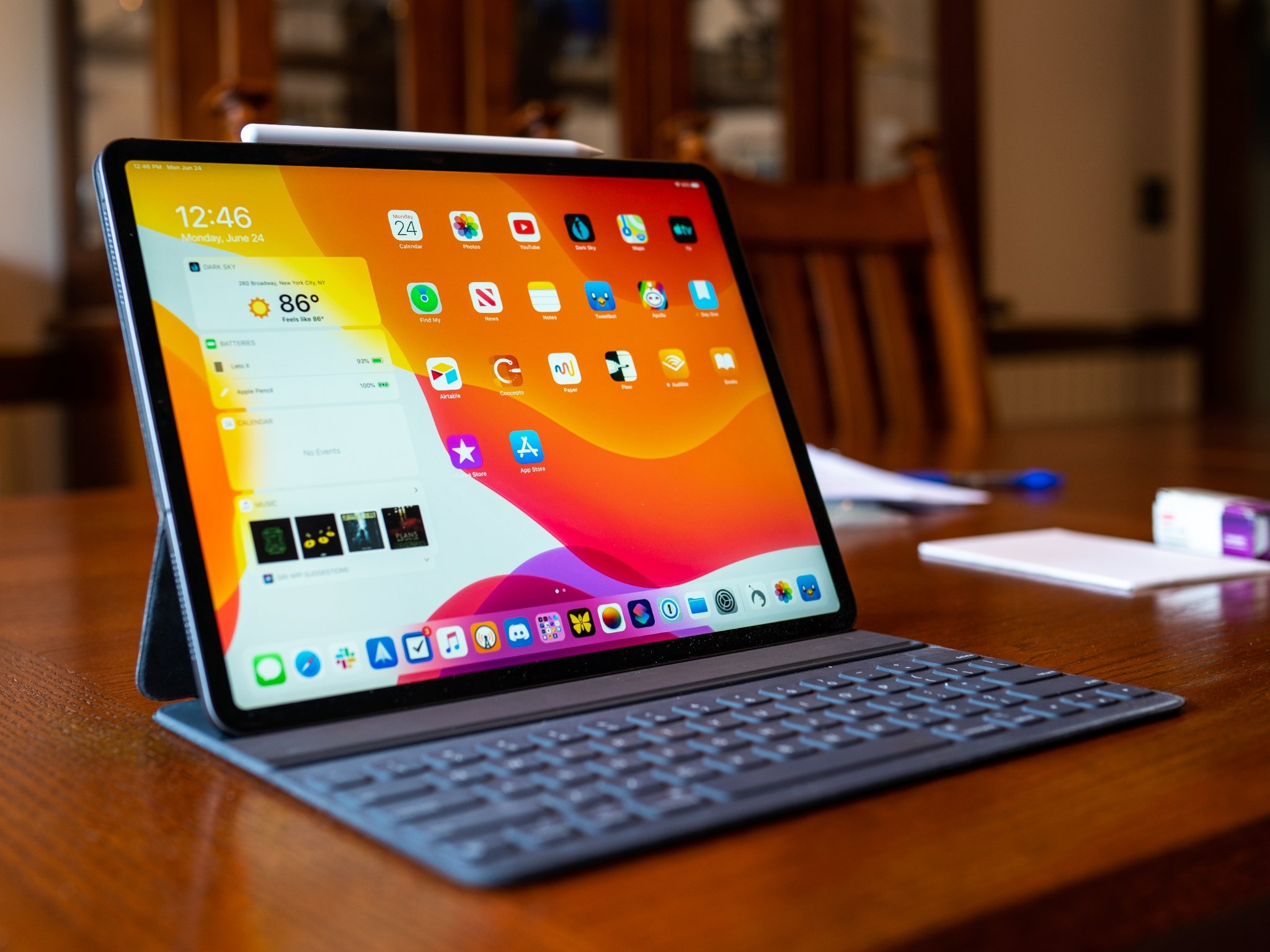iPad Pro apps can't use all its RAM yet, but there's a wild iPadOS update on the horizon

OK, I never really got Pokémon but even I know that's a reference.
Earlier today saw a report that Apple's iPads don't use all of their RAM or, more accurately, they don't give apps access to it all. Even more accurately, they don't give any one app access to it all. For, reasons.
Those reasons are likely pretty obvious when you think about it. Traditionally, iPadOS apps aren't huge monsters like Photoshop, Final Cut Pro X, etc. They don't need globs and globs of RAM to function. They need enough, however much that might be. So iPadOS, in its current state and on even the iPad Pro models with 16GB of RAM, give them 5GB each, give or take. 5GB to do what they need to do. And that's more than enough for most apps. It Just Works.
Apple presumably decided that limiting apps to 5GB worked in a couple of ways. First, apps didn't need more so that's cool, and second, it stops rogue apps – badly coded ones, for example – from going RAM crazy and hogging everything to the point of making the whole iPad grind to a half. That's a bad user experience and it just won't do. So, 5GB it is.
Except, apps are growing and Apple does want iPads to be bonafide computers. So that 5GB needs to grow, as Procreate is finding out.
As of now, all M1 iPads have the same amount of RAM available. As soon as we have access to more, we’ll pass that on to you, too 💜As of now, all M1 iPads have the same amount of RAM available. As soon as we have access to more, we’ll pass that on to you, too 💜— Procreate (@Procreate) May 28, 2021May 28, 2021
So where do we go now? Well, that 5GB made sense on devices that had up to 6GB of RAM, like the outgoing 1TB iPad Pro. It reserved 1GB for iPadOS to do its thing. But 11GB left over seems a bit much, right? Sure, it will help keep more apps alive during backgrounding but really, 11GB? Thankfully, a wild iPadOS 15 appeared. Or will, soon. And that's another reference.
With WWDC now a little more than a week away and iPadOS 15 set to get its first beta, there's a good chance that Apple will increase that 5GB limit, at least on devices with more RAM than a mid-range Mac. Sure, we'll be waiting until September for iPadOS 15 to arrive but still, it's a step in the right direction.
iMore offers spot-on advice and guidance from our team of experts, with decades of Apple device experience to lean on. Learn more with iMore!
After all, why put so much RAM into an iPad if it isn't going to give apps access to it?
Also, if you ever wondered why Apple doesn't normally tell you how much RAM is in an iPad or an iPhone, this entire post is probably why.
Speaking of iPad Pro – it's pretty great. You should totally keep an eye on our list of the best iPad Pro deals and snag one when you can.

Oliver Haslam has written about Apple and the wider technology business for more than a decade with bylines on How-To Geek, PC Mag, iDownloadBlog, and many more. He has also been published in print for Macworld, including cover stories. At iMore, Oliver is involved in daily news coverage and, not being short of opinions, has been known to 'explain' those thoughts in more detail, too.
Having grown up using PCs and spending far too much money on graphics card and flashy RAM, Oliver switched to the Mac with a G5 iMac and hasn't looked back. Since then he's seen the growth of the smartphone world, backed by iPhone, and new product categories come and go. Current expertise includes iOS, macOS, streaming services, and pretty much anything that has a battery or plugs into a wall. Oliver also covers mobile gaming for iMore, with Apple Arcade a particular focus. He's been gaming since the Atari 2600 days and still struggles to comprehend the fact he can play console quality titles on his pocket computer.
